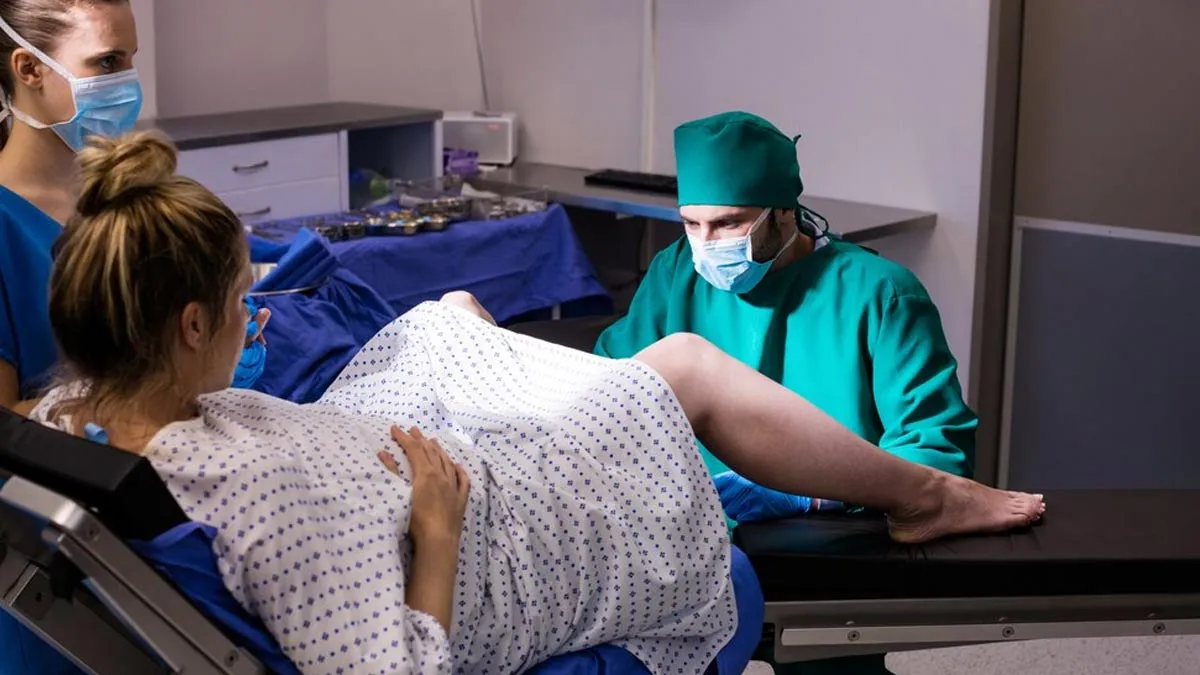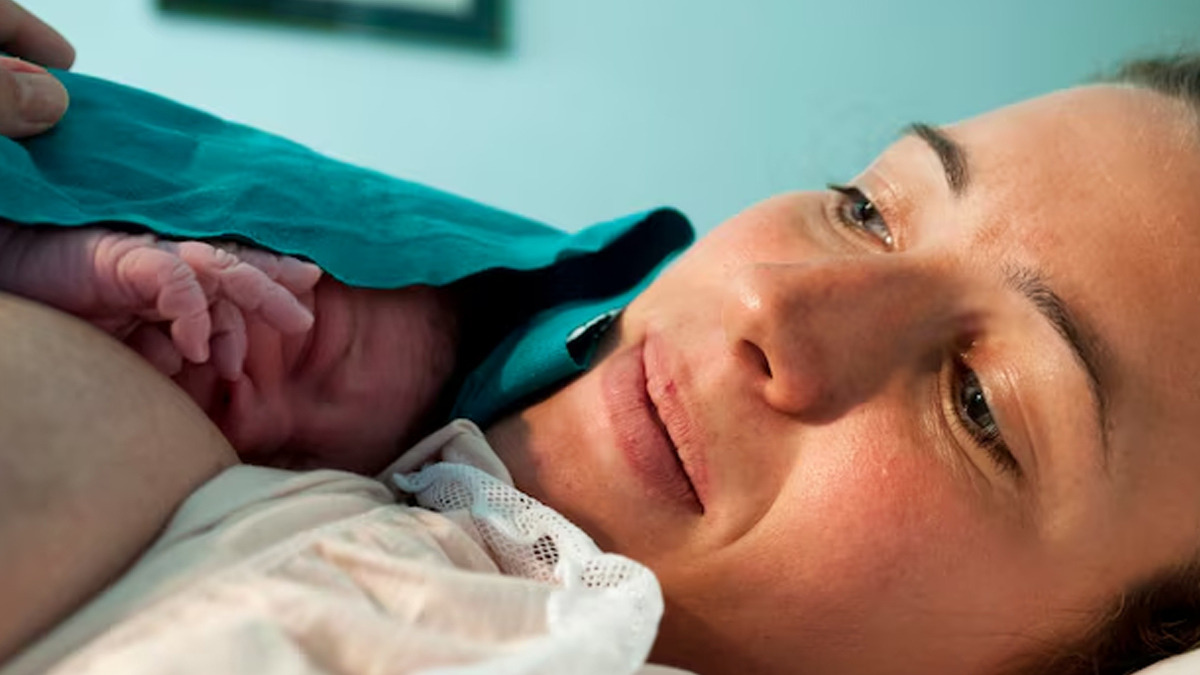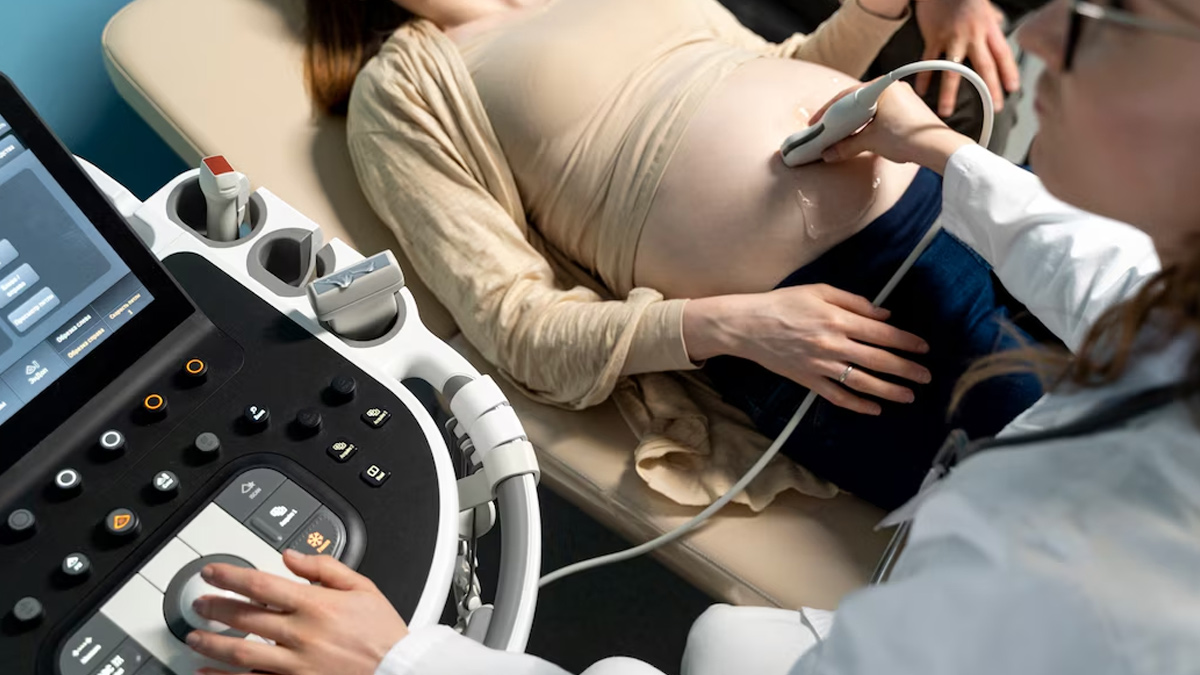
For many women who have had a Caesarean birth, the decision about how to deliver their next baby is both deeply personal and emotional. Vaginal Birth After Caesarean (VBAC) has become a popular choice for those hoping to avoid another surgery and experience a more natural birth. But like any big decision, it comes with questions and concerns. What are the benefits? What are the risks? And is it the right choice for you? To help navigate these questions, we spoke to Dr Manjula Anagani, Padmashree Awardee, Clinical Director and Robotic Gynaecologist and HOD, Care Vatsalya, Women and Child Institute, CARE Hospitals, Banjara Hills, Hyderabad, to understand the growing trend of VBAC and what it means for mothers today.
Table of Content:-
According to a 2018 study, attempting a VBAC is a safe and viable option that should be available to most women with a previous Caesarean delivery. Studies show that around 70–75% of women who choose to try VBAC achieve a successful vaginal birth.
Several factors can impact the success rate of VBAC. These include the healthcare provider’s approach, the degree of cervical dilation, a history of previous vaginal delivery, younger maternal age, the reason for the previous Caesarean, foetal weight, maternal obesity, diabetes, gestational age, and pregnancy-related hypertensive disorders, stated in a 2023 study.
The Benefits of VBAC
Avoiding Major Surgery

One of the primary reasons women opt for VBAC is to avoid another major surgery. “A repeat Caesarean section (C-section) is a significant procedure that inherently carries dangers like infections, blood loss, and extended recovery periods. In contrast, a successful VBAC permits a swifter postpartum recovery, allowing mothers to bond with their newborns sooner and resume daily activities more rapidly,” said Dr Anagani.
Reducing Risks in Future Pregnancies
VBAC also decreases the risks associated with multiple C-sections, such as issues in future pregnancies. These complications range from placenta accreta, a condition where the placenta embeds too deeply into the uterine wall and the risk of uterine rupture. By choosing VBAC, women can potentially minimise these dangers, particularly if they plan to have additional children.
Emotional and Psychological Empowerment

Moreover, VBAC aligns with patient-centred care principles. Many women express profound emotional and psychological satisfaction from experiencing a vaginal birth, which they often perceive as a more natural and empowering process. “For some, VBAC represents an opportunity to reclaim control over their birthing experience after a medically necessitated or unplanned C-section,” added Dr Anagani.
Understanding the Risks

While VBAC offers valuable benefits, risks still exist that require caution. “The most serious threat is uterine rupture, where the scar from the prior C-section tears open during labour pains. Though rare at under 1%, it jeopardises the mother and baby's health,” explained Dr Anagani.
Emergency C-sections may be demanded by complications too, such as distress signals from the foetus or sluggish progress. Moreover, not all facilities have the assets to handle high-risk VBACs should interventions be urgently needed.
Given such risks, consulting medical experts should determine whether moms pondering VBAC are suitable candidates based on several factors.
Also Read: Why VBAC Delivery Is A Safer Option Than a Repeat C-Section
Who is a Suitable Candidate for VBAC?
VBAC will not work for everyone. Better odds of success involve:

Type of incision: A low, horizontal cut from the past C-section gives higher hopes than vertical or T-shapes.
No other uterine damage or anomalies: Extra surgery or abnormalities can worsen labour difficulties.
Healthy current pregnancy: No preeclampsia, gestational diabetes, or other issues bolster chances.
Timing: A minimum of 18-24 months between the earlier C-section and the current due date permits optimal healing.
Preparing for VBAC
Careful planning plays a pivotal role in achieving a successful VBAC. Under a doctor's guidance, moms must craft a detailed birth plan. Here are some things to keep in mind as suggested by Dr Anagani:

Choosing the ideal healthcare team is crucial: Select experienced obstetricians with a proven track record of VBAC success and quick access to emergency services.
Consistent checkups are key to closely monitoring the progression and ensuring the pregnancy remains low-risk and a favourable for VBAC.
Stay informed; understand every step of labour and what may occur so expectations align with realities and potential interventions come as no surprise.
Maintaining optimal wellness; nutrition, exercise and stress management contribute greatly to maternal and foetal health, bettering VBAC chances.
Healthcare providers play a pivotal guidance role from the start; thorough counselling aids informed choice-making. Obstetricians must thoroughly review each patient; current conditions and history determine VBAC suitability.
Constant observation during labour proves critical; promptly identifying and addressing complications demands a coordinated team prepared to act immediately, if urgently needed.
Bottomline
Dr Anagani concluded, “Numerous benefits exist versus surgery, yet challenges potentially lurk; working closely with experienced providers and carefully weighing one's situation enables safe, knowledgeable decision-making about VBAC.”
[Disclaimer: This article contains information provided by an expert and is for informational purposes only. Hence, we advise you to consult your professional if you are dealing with any health issues to avoid complications.]
Also watch this video
How we keep this article up to date:
We work with experts and keep a close eye on the latest in health and wellness. Whenever there is a new research or helpful information, we update our articles with accurate and useful advice.
Current Version
